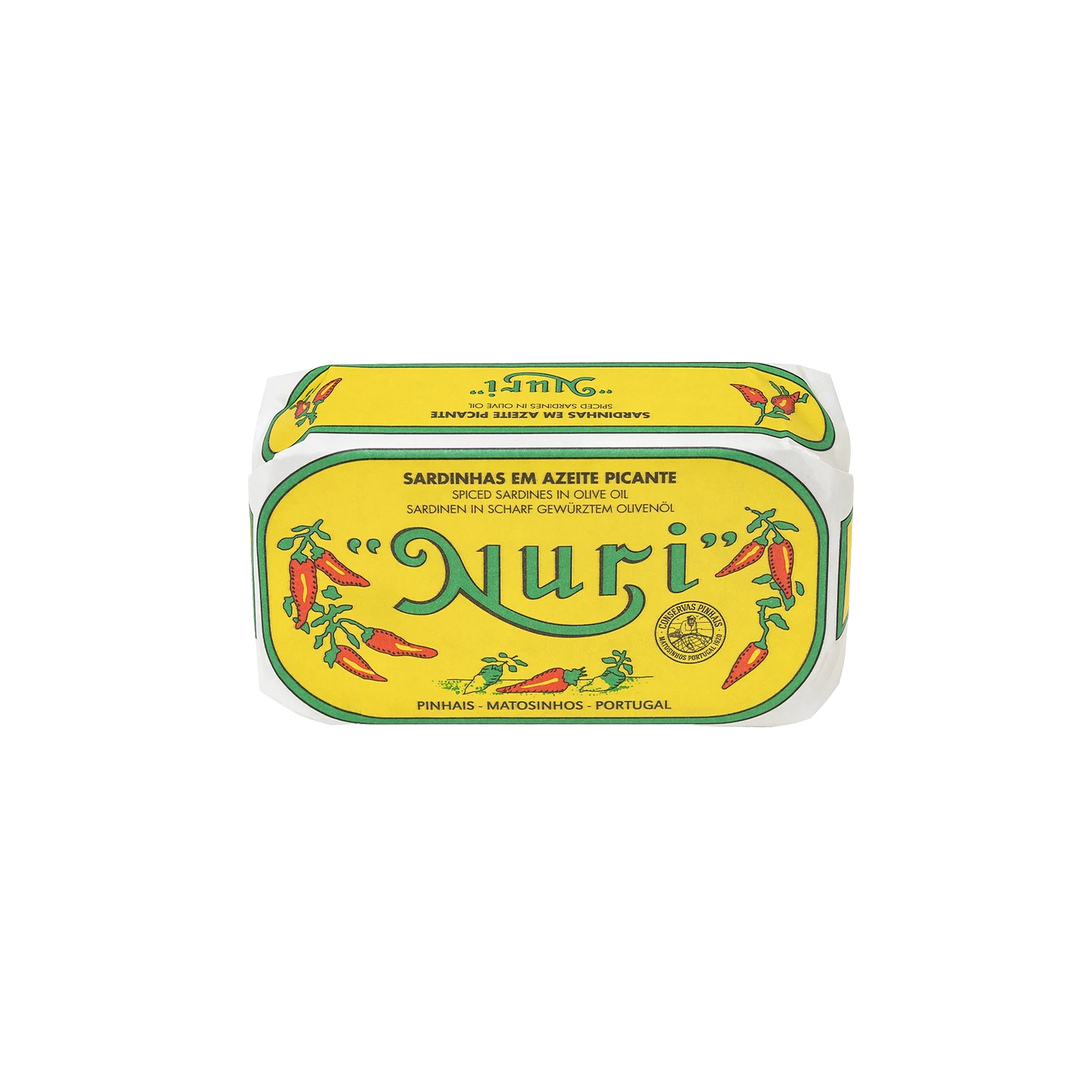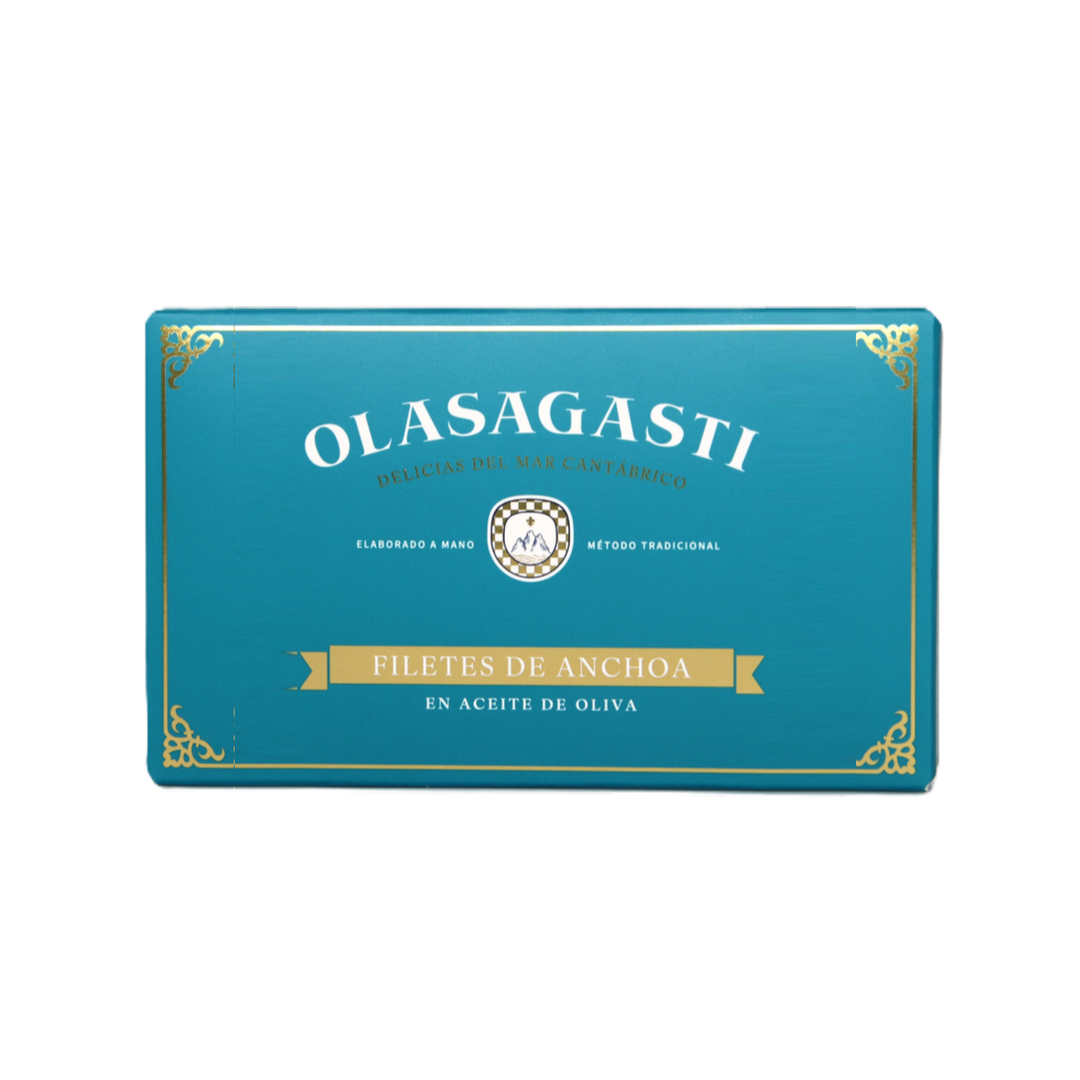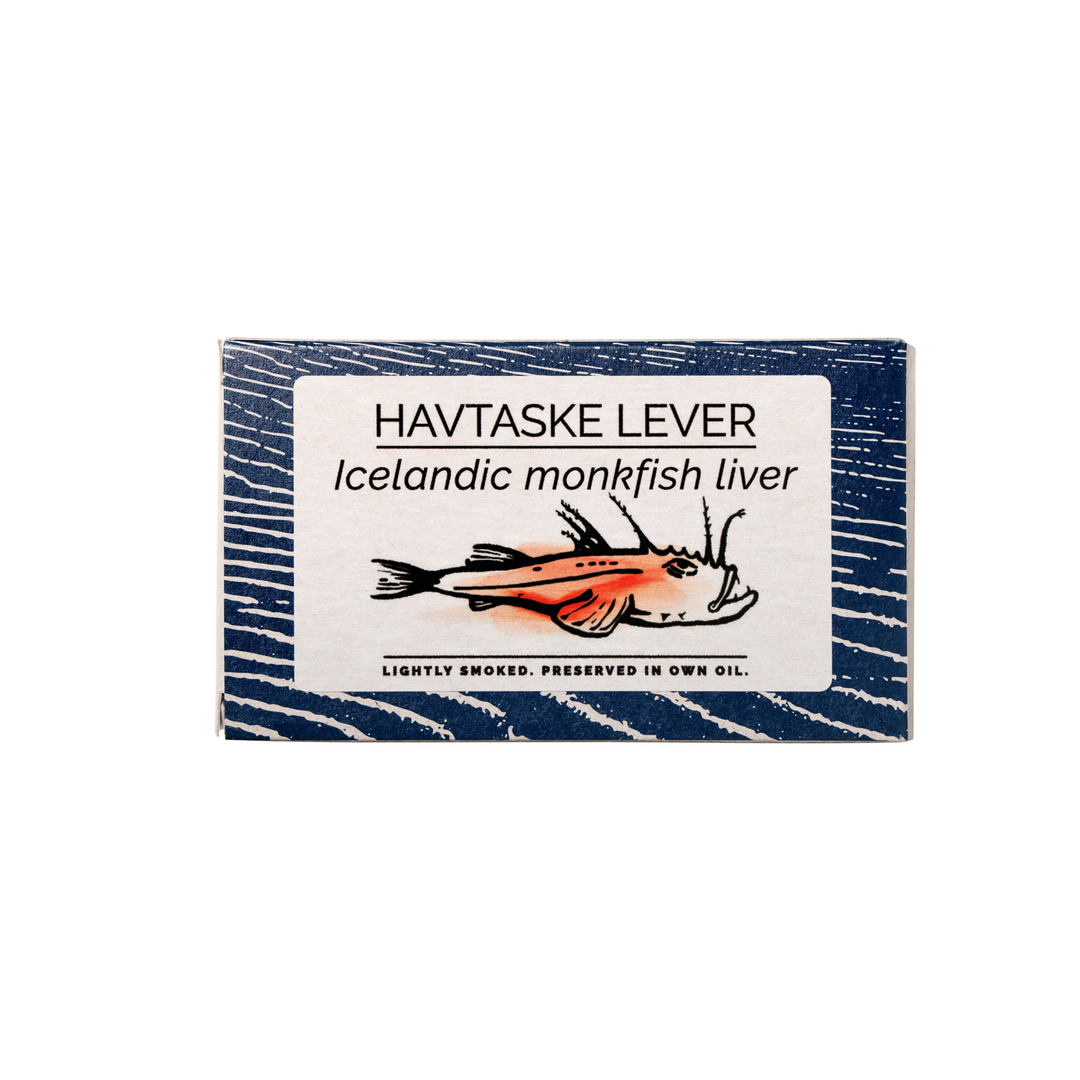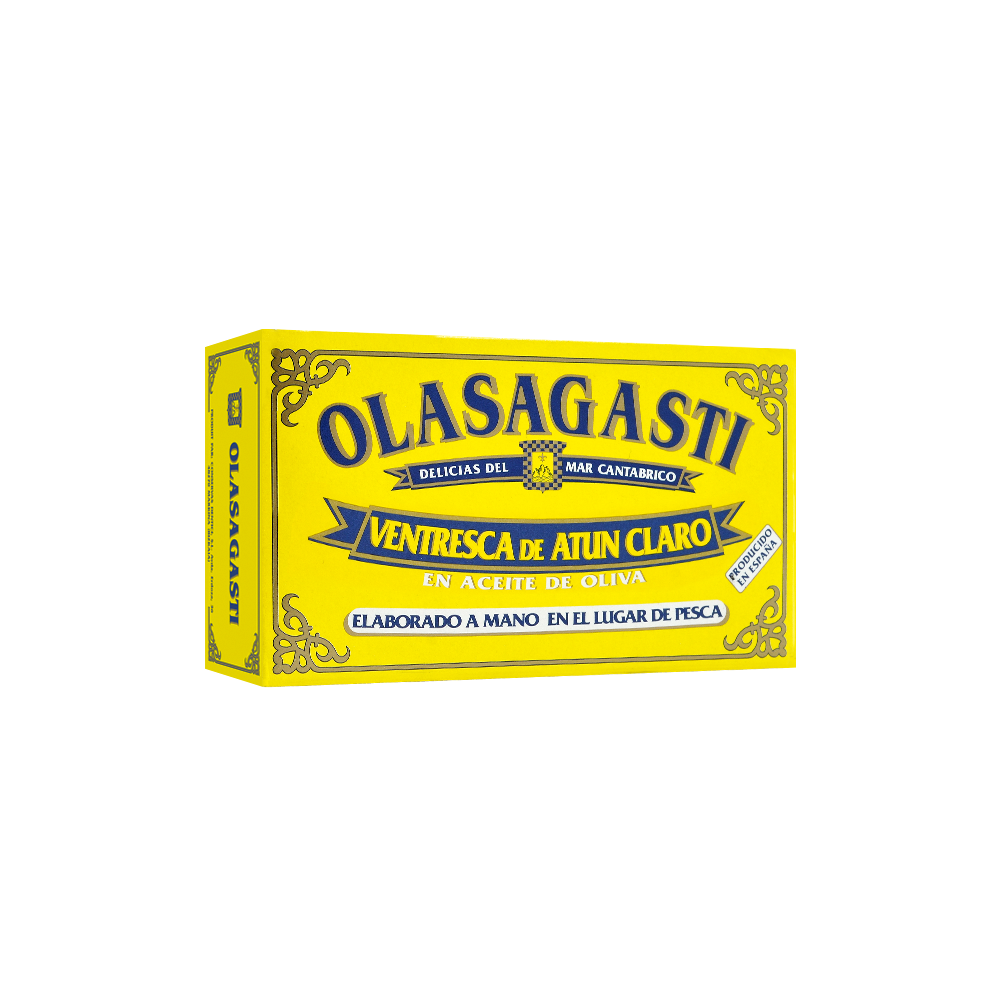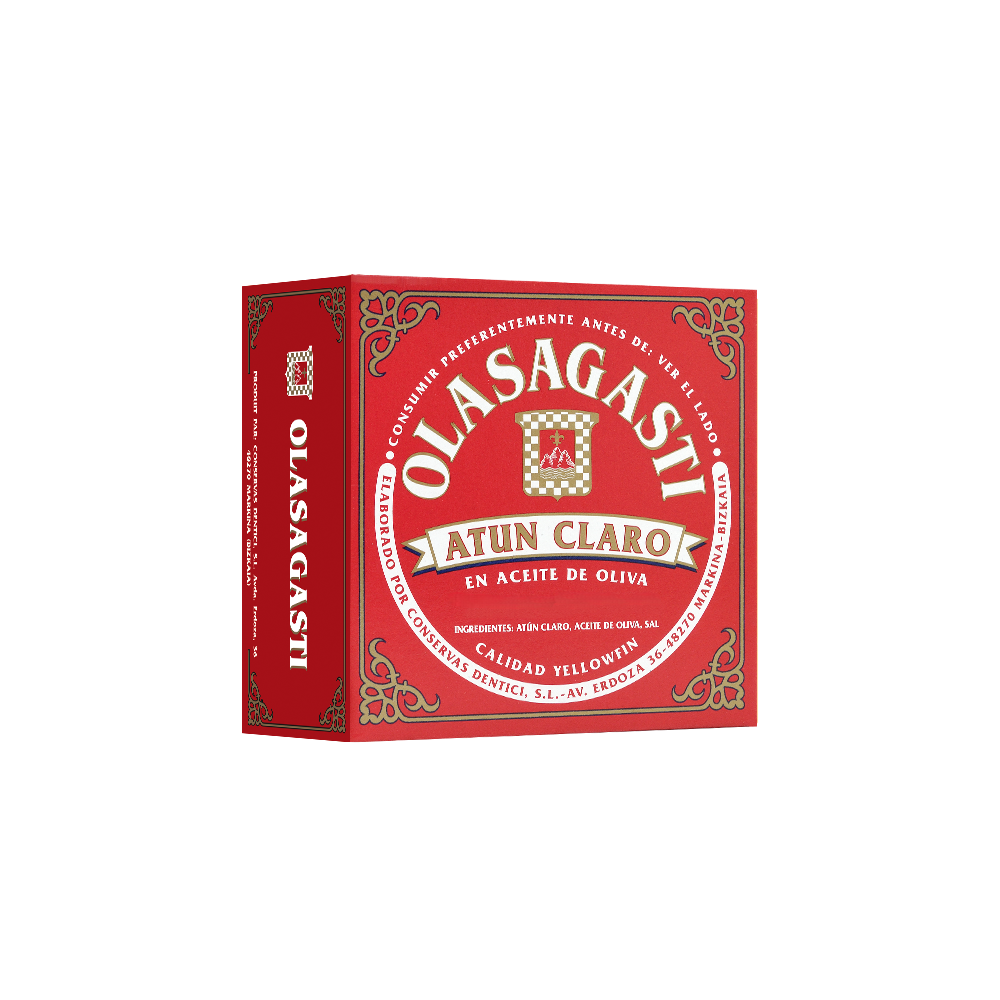The distinction between Tuna Fillets, Belly, and Tuna Chunks lies in the specific part of the tuna from which they are cut, each offering distinctive textures and flavors:
Tuna Fillets:
- Typically leaner compared to belly cuts.
- These are cross-sectional cuts taken from the larger body of the tuna, often the loin or back.
- These fillets are thicker and meatier, making them suitable for grilling, searing, or pan-frying.
- They can be served rare in the center, showcasing the fish's natural flavors.
- It could also be referred to as steak if it's sliced into sections and packed into a tin.
Tuna Belly:
- Belly, especially the fatty sections like those used in Japanese cuisine, is considered a delicacy.
- In Japanese cuisine, there are two types of cuts: one is a medium-fat cut that offers a good balance of flavor and tenderness, known as chutoro. The other is the fattiest part of the belly, known for its rich and buttery texture, called otoro.
Tuna Chunks:
- Tuna chunks are smaller, irregularly shaped pieces obtained from various parts of the fish.
- These chunks may include meat from different areas, offering a mix of textures.
- Tuna chunks are commonly used in salads, sandwiches, or canned tuna products. In summary, the choice between tuna fillets, ventresca, and tuna chunks depends on your culinary preferences and the specific dish you plan to prepare. Fillets are versatile and lean, ventresca offers richness, fillets are substantial for grilling, and chunks provide a convenient option for various recipes.






